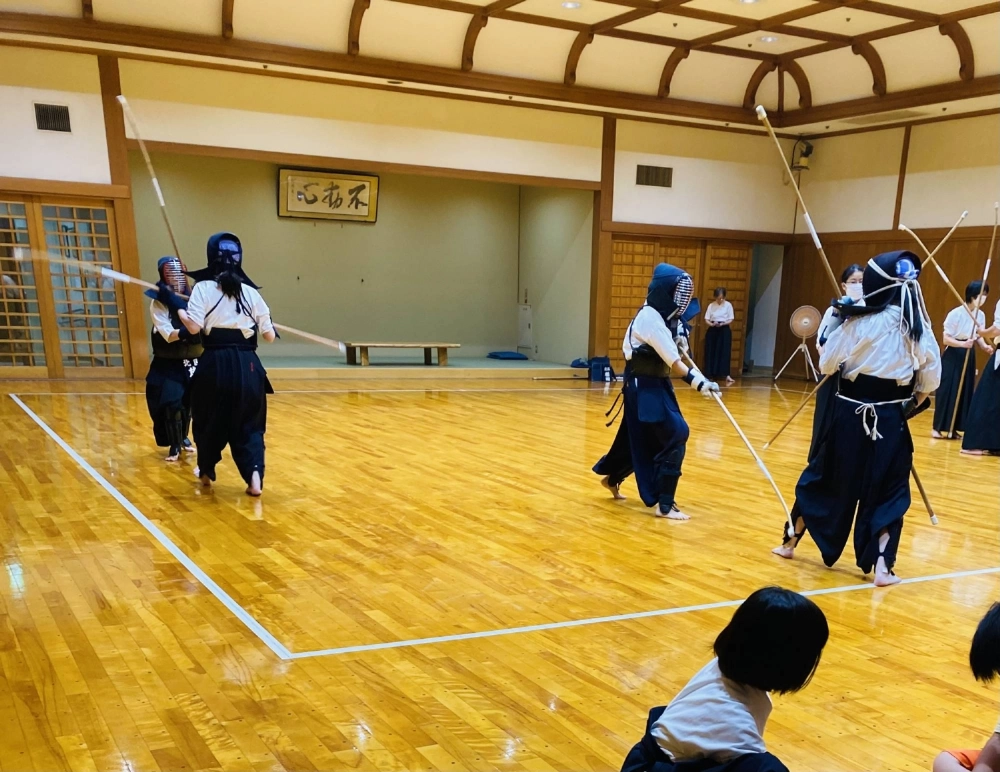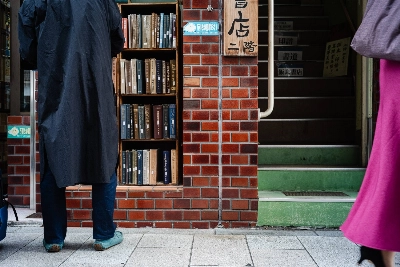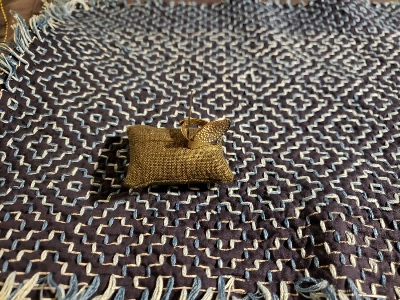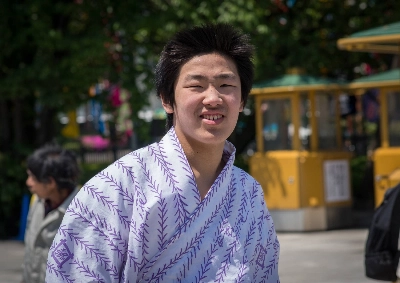I first learned about the naginata — a long wooden pole with a curved blade at the end — from “The Tale of the Heike.”
In an undergraduate course at Binghamton University in New York, I found myself engrossed in an epic account of the battle between the Taira and Minamoto clans during the Genpei War (1180-5). Among those thrown into the chaos were women like the legendary Tomoe Gozen, supposedly one of the card-carrying wives and daughters of the samurai class who wielded naginata.
I left that course thinking of this “woman’s weapon” as simply a cool piece of Japanese history. I never imagined that, 12 years later, not only would I be living in Japan but that word would appear before me once again.




















With your current subscription plan you can comment on stories. However, before writing your first comment, please create a display name in the Profile section of your subscriber account page.